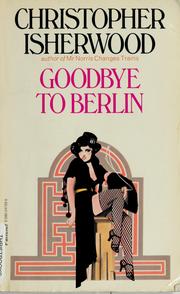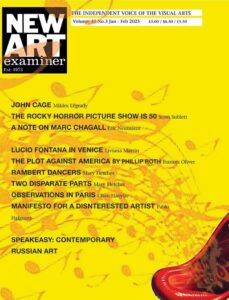
Josephine Gardiner
Once every week, regardless of weather, I can be found sitting on a chair in my tiny granite courtyard with a big bowl of soapy water at my feet. I am surrounded by plastic bags of groceries delivered by the local supermarket. The task is to wash each item before passing it to my husband to put away in the kitchen. This seems normal now, after a year – the idea that death could arrive attached to a packet of frozen beans, or perhaps, with spiteful irony, clinging to a bottle of disinfectant. “I will show you fear in a handful of dust”.
The risk from viral particles on surfaces (‘fomites’) is underplayed by scientists, but this washing, an occult ritual, imparts a sense of control. And it’s less disturbing than the knowledge that the virus’s preferred means of transport is on the breath of your family and closest friends, hidden like a stowaway in the words of their conversation – their shared thoughts – and the fear that for this reason you may never sit across a table with them again.
As I sit there washing and rinsing, I think ‘is this what I’ll remember, when this is over, if I survive?’ Or will I just be left with a blurred impression of absence, stasis, the frustrating passivity of ‘shielding’, the hideous ticker-tape statistics of the dead appearing in the online newspaper just above those relentlessly positive articles on knitting cupcakes and getting fit in lockdown? The welcome (to an introvert) acres of time to read, write, lose yourself in the woods without a timetable? The suspicion that everyone is experiencing something similar, or similarly ambivalent, but since you never see people offline, it’s hard to tell? Probably none of these. The dominant images of a traumatic event take time to make themselves known. Likewise, interpretations of such events need time to settle and ferment before they emerge transfigured in painting, film, writing, and music. I predict that we will see a rush of attempts to dramatise or make sense of the pandemic in the arts, but that these early efforts will not be the best. T S Eliot’s The Waste Land, which I quoted above, appeared four years after the end of World War 1, and two years after the pandemic flu of 1918-20. The Third Man, the best film to come out of World War 2, was not released until 1949, while the reverberations of that war’s holocaust are still felt in 21st century fiction. Perhaps painting is more swiftly responsive: Guernica was painted the same year the fascists bombed the town (1937), while Otto Dix, as we saw in the last issue of the New Art Examiner, was able to capture the stranger aspects of Weimar Germany all around him as well as painting the horrors he had seen in the trenches.
Likewise, interpretations of such events need time to settle and ferment before they emerge transfigured in painting, film, writing, and music. I predict that we will see a rush of attempts to dramatise or make sense of the pandemic in the arts, but that these early efforts will not be the best. T S Eliot’s The Waste Land, which I quoted above, appeared four years after the end of World War 1, and two years after the pandemic flu of 1918-20. The Third Man, the best film to come out of World War 2, was not released until 1949, while the reverberations of that war’s holocaust are still felt in 21st century fiction. Perhaps painting is more swiftly responsive: Guernica was painted the same year the fascists bombed the town (1937), while Otto Dix, as we saw in the last issue of the New Art Examiner, was able to capture the stranger aspects of Weimar Germany all around him as well as painting the horrors he had seen in the trenches.
Contemporary culture, particularly in film, has within a few months acquired an unnerving veneer of the antique. New dramas on Netflix and Amazon already seem to be representing something as distant and unreachable as the Roaring Twenties or fin de siecle Paris. No matter what the film is about, or who or where the actors are, the reaction they provoke is similar: look at them all at their office parties, crowding round bars in pubs, taking trains across Europe, planes across the planet, oblivious. Films from the 1970s or 80s seem no more dated now than those made in 2019, give or take a few phones. In a couple of brilliant paragraphs at the end of Goodbye to Berlin, Christopher Isherwood describes the look of the city just after Hitler had taken power. The sunny streets, the trams and stations “have an air of curious familiarity, of striking resemblance to something one remembers as normal and pleasant in the past – like a very good photograph”.
Volume 35 no 4 March – April 2021

